Researchers have developed an automated workflow that could accelerate the discovery of new pharmaceutical drugs and other useful products. The new approach could enable real-time reaction analysis and identify new chemical-reaction products much faster than current laboratory methods.
Tag: Catalysts
Chemists build synthetic catalysts to break down biomass like super enzymes
Chemists are building nanospheres that act as super enzymes to break down the plant fibers in biomass such as crop residues. The new catalysts could make biomass a practical source of sugars that can be converted into fuels and chemicals.
New atomic-scale understanding of catalysis could unlock massive energy savings
In an advance they consider a breakthrough in computational chemistry research, University of Wisconsin–Madison chemical engineers have developed model of how catalytic reactions work at the atomic scale.
Add-on device makes home furnaces cleaner, safer and longer-lasting
Scientists at Oak Ridge National Laboratory have developed an affordable add-on acid gas reduction technology that removes 99.9% of acidic gases and other emissions to produce an ultraclean natural gas furnace. The AGR technology can also be added to other natural gas-driven equipment.
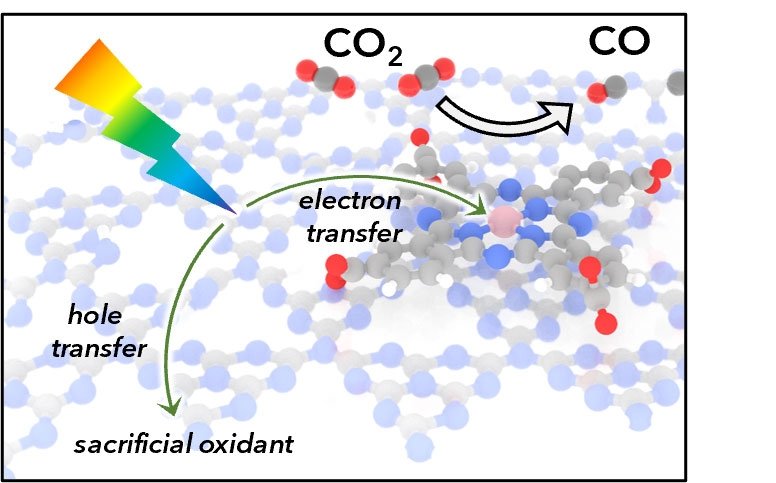
In an Advance for Solar Fuels, Hybrid Materials Improve Photocatalytic Carbon Dioxide Reduction
Scientists are working to transform carbon dioxide into chemical solar fuels. To advance this process, researchers have identified a new hybrid material that consists of a light-absorbing semiconductor and a cobalt catalyst. The research extends scientific efforts to identify new ways to store energy and to efforts to understand how light-absorbing hybrid systems can drive the catalytic production of chemical fuels using solar energy.
A New Tandem Catalyst Converts Carbon Dioxide into Valuable Multicarbon Products More Selectively
Electrochemical reduction can convert carbon dioxide into multicarbon products for use as a raw material in chemicals and fuels. In this research, scientists improved this conversion process by using a tandem catalyst electrode. The electrode includes a silver or iron-nitrogen-carbon-based catalyst to convert carbon dioxide into carbon monoxide and incorporates a second segment that contains a copper catalyst to convert carbon monoxide into multicarbon products. Relative to prior methods, the developed approach more selectively converts carbon dioxide into desired compounds.
Making nylon 6-6 ‘greener,’ and without zinc
Nylon 6-6 is used to make many products that require strength, durability and weather resistance, but its synthesis requires the endangered element zinc as a catalyst. Now, researchers have developed “greener” methods that use different metals. They will present their results at ACS Fall 2021.
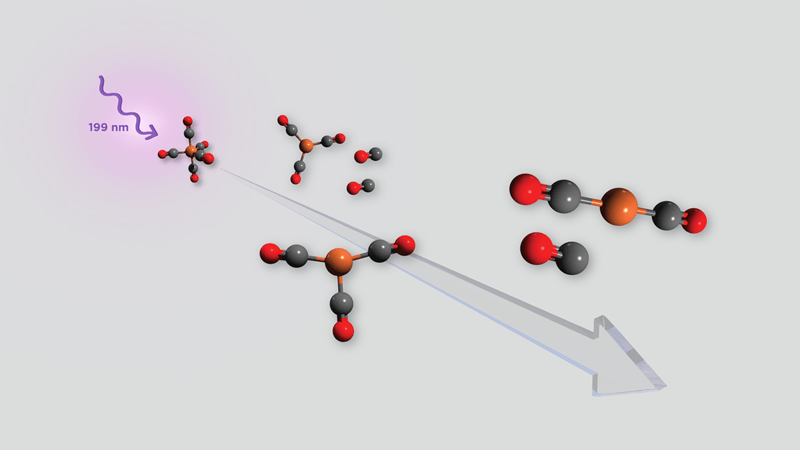
Watching Light Break Down a Model Photocatalyst in Near Real Time
Chemists create catalysts for use in industry and other applications. One of the methods to create these catalysts is by using light to break down organometallic compounds, a process called photodissociation. This study used ultrafast infrared spectroscopy to study how ultraviolet light photodissociates gas phase iron pentacarbonyl. These insights may help scientists design new photocatalysts.
Clingy Copper Ions Contribute to Catalyst Slowdown
PNNL scientists, working with researchers at Washington State University and Tsinghua University, discovered a mechanism behind the decline in performance of an advanced copper-based catalyst. The team’s findings, featured on the cover of the journal ACS Catalysis, could aid the design of catalysts that work better and last longer during the NOx conversion process.
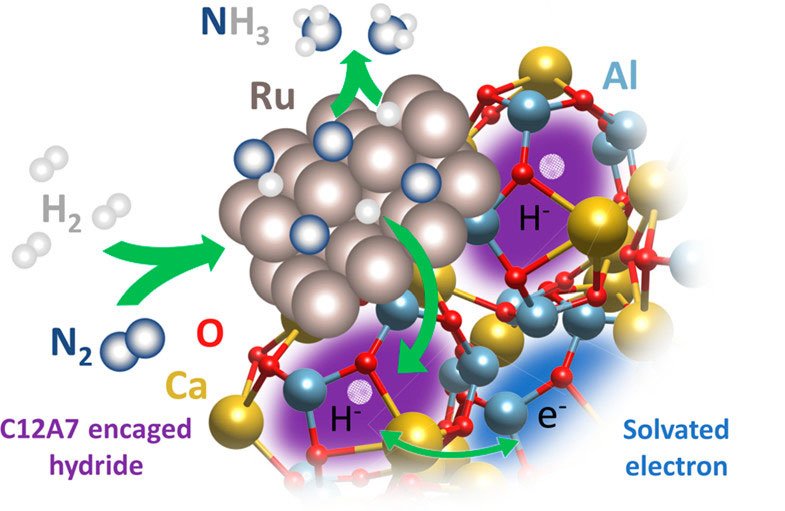
Novel Catalyst Means Ammonia Synthesis with Less Heat and Pressure
Neutron scattering has unveiled new insights into the performance of a novel metal catalyst used to convert nitrogen into ammonia. The key discovery is that the hydrogen atoms on the surface of the material—not caged inside the catalyst—play the most significant role in the ammonia synthesis. The material catalyzes ammonia synthesis with significantly less energy than the traditional iron-based catalysts.

Paul Dauenhauer: Then and Now / 2011 Early Career Award Winner
Paul Dauenhauer leads a group that has developed a new catalytic reactor that permits investigation of the precise energetics of biopolymer deconstruction. Key transitions in non-food biomass activation can now be observed, with implications for fuels, chemicals, and materials synthesis.
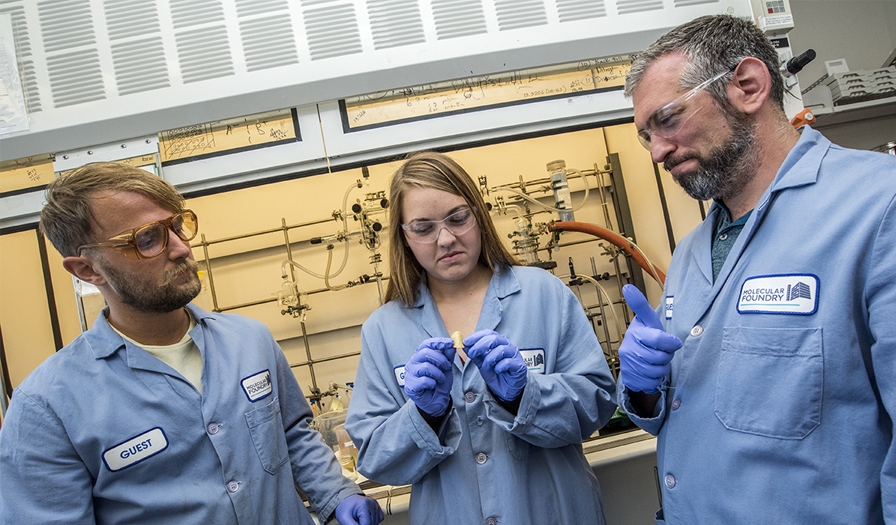
Transforming Plastics Recycling with Discovery Science
Plastic waste is a major environmental issue. New research into plastics’ fundamental chemistry may help industry transform waste into useful products and make cyclical plastics that can be recycled over and over again.

NSF Awards OU Faculty Member $2 Million Emerging Frontiers in Research and Innovation Grant
Not all plastics are created equally – from milk jugs and soda bottles, which are readily recyclable, to multi-layered packaging that increases shelf life and requires less material but is less recyclable – the challenge is for researchers to design a process that allows more of the plastics we use in our everyday lives to end up in our recycle bins rather than the local landfill.
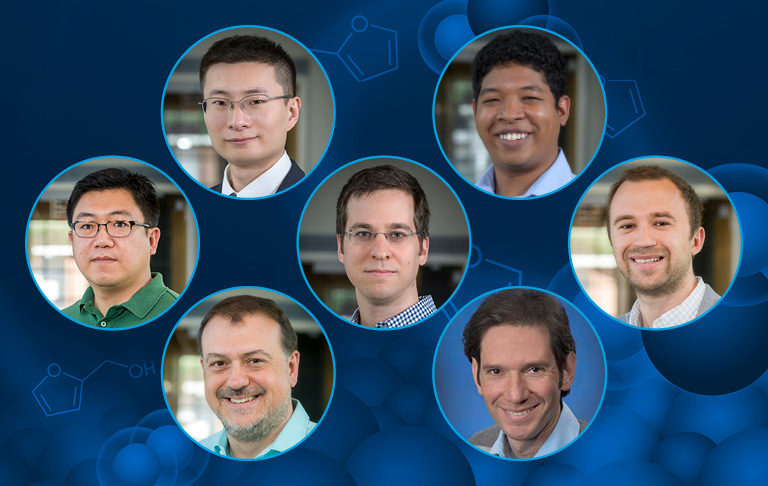
Upgrading Biomass with Selective Surface-Modified Catalysts
Loading single platinum atoms on titanium dioxide promotes the conversion of a plant derivative into a potential biofuel.
Atomic Defect Lines Suppress Deactivation of Iron Oxide Catalysts
A structure based on the low-cost, earth-abundant metal iron may be active enough to promote desired reactions without becoming “poisoned.”
New research could aid cleaner energy technologies
New research led by faculty at Binghamton University, State University of New York, could aid cleaner energy technologies.